Casco Antiguo de Shuhe - Entradas, horarios, ubicación y puntos de interés

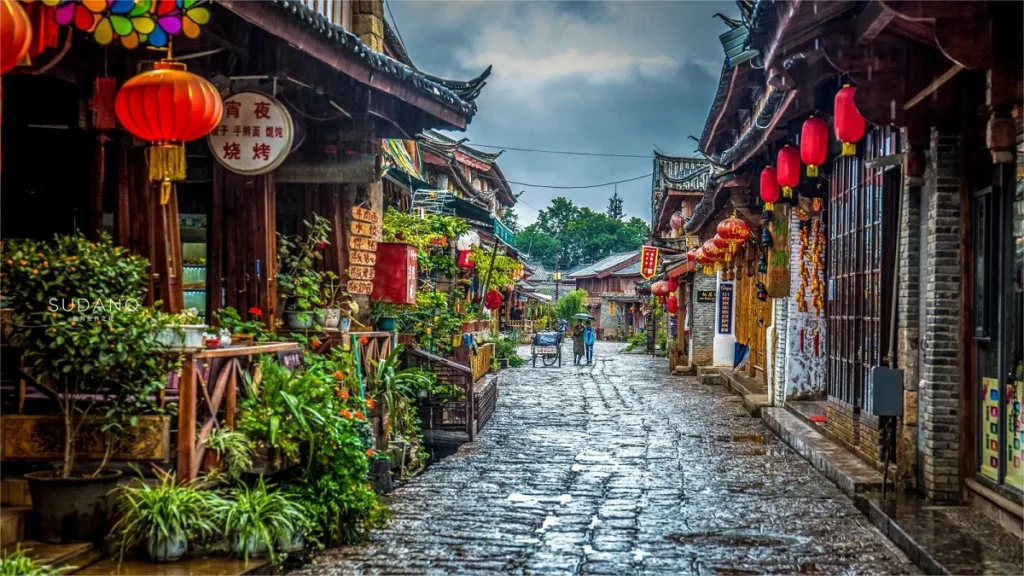
Shuhe Ancient Town (束河古镇), also known as Longquan Village, derives its name from the towering peak behind the village resembling a stack of treasures. In the Naxi language, it is called “Shao Wu,” meaning “village under the peak.” In the late Spring and Autumn period of the Warring States period, the ancestors of the Naxi people migrated and settled here, making it one of the earliest settlements in the Lijiang Basin. A bustling market town emerged during the Song and Yuan dynasties. Since the Ming Dynasty, many leather craftsmen and artisans have gathered in Shuhe, turning it into a vibrant hub on the ancient tea-horse road and a center for Naxi cultural exchange. Shuhe serves as a living specimen of the Naxi transition from agricultural to commercial civilization, boasting precious relics and architectural marvels such as Ming Dynasty murals and temples like Dajue Palace and Sansheng Palace from the Qing Dynasty.
Despite its modest size, the town is teeming with restaurants and bars, alleviating any concerns about dining while exploring its narrow streets. When fatigue sets in, visitors can seek out local delicacies like chicken-bean cold noodles, rice-filled sausages, and rainbow trout dishes at charming eateries. Unlike many places restricted by conditions for UNESCO World Heritage status, Shuhe’s guesthouses and inns showcase a diverse range of architectural styles, each with its own unique charm.
Índice
- Información básica
- Ubicación y transporte
- Highlights of Shuhe Ancient Town
- Otras atracciones de la zona urbana de Lijiang
Información básica
| Duración estimada de la visita | 1 día |
| Precio del billete | Gratis |
| Horario de apertura | 24 horas al día durante todo el año |
| Número de teléfono | 0086-0888-5174636 |
Ubicación y transporte
Shuhe Ancient Town is located approximately 4 kilometers northwest of Lijiang Ancient Town in Lijiang, Yunnan Province, China. To get there, you can choose one of the following ways:
Autobús: Take bus route 11 from the Dashiche (大水车) of Lijiang Old Town to the Shuhe Road intersection and alight there.
Bike: Shuhe Ancient Town is not far from Lijiang City. Bicycle rental services are available at places like the Hongtaiyang Square in Lijiang. You can ride a bike to Shuhe Ancient Town, with mountain bikes costing around 20 yuan per day and regular bikes around 15 yuan per day. Many guesthouses also provide free or rental bicycle services.
Taxi: Take a taxi from Dayan Old Town to Shuhe Ancient Town, which takes approximately 20 minutes and costs around 20 yuan with the meter running. From Lijiang Airport, the fare is generally around 120 yuan.
Highlights of Shuhe Ancient Town
Qinglong Bridge (Blue Dragon Bridge)

One of the most iconic landmarks in Shuhe is the Qinglong Bridge, a majestic structure dating back over 400 years to the Ming Dynasty. Situated on the west side of Laosifang Street, this bridge spans 25 meters in length, 4.5 meters in width, and stands 4 meters tall, making it one of the grandest ancient stone bridges in Lijiang. Its strategic alignment with Jubaoshan, the Treasure Hill, reflects the meticulous planning of the Mu clan chieftains, who once ruled the region. Despite the weathering of centuries, the Qinglong Bridge retains its imposing presence and solemn dignity, with its weathered facade bearing witness to the passage of time.
Sifang Street (Four-Direction Street)
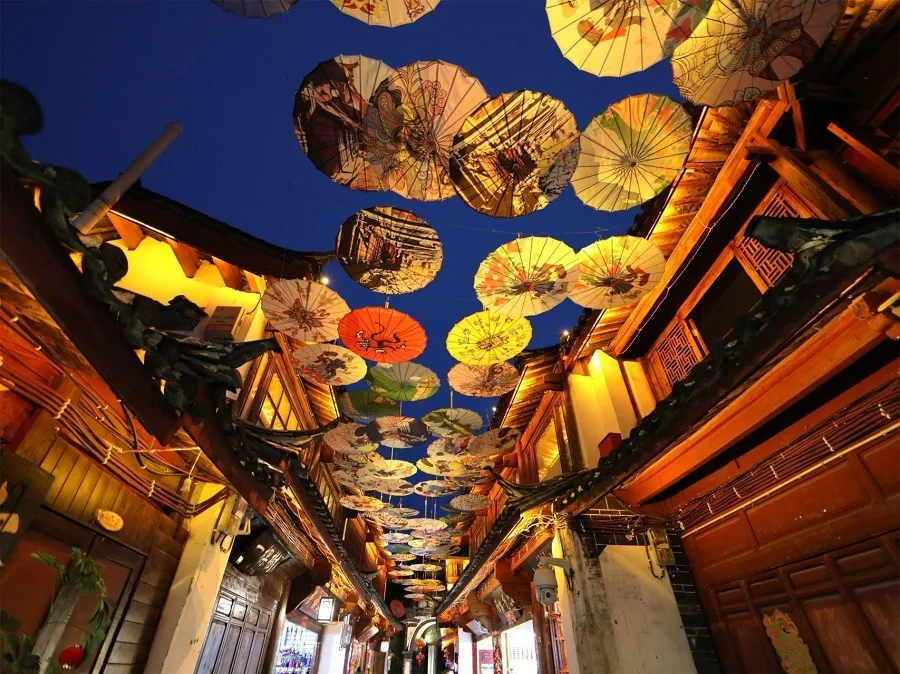
At the heart of Shuhe lies the Sifang Street, known in the Naxi language as “Shaowu Zhi,” meaning “market street under the peak.” Established during the Ming Dynasty by the Mu clan chieftains, Sifang Street evolved into one of Lijiang’s four major markets, attracting farmers and traders from all directions. Spanning just over 30 meters in length and width, this ancient street features four roads leading in all directions, with water flowing around and commerce bustling under the sun. In ancient times, Sifang Street hosted vibrant night markets, where people strolled leisurely, indulging in the sights, sounds, and flavors of the bustling marketplace. Torch-bearing visitors would meander along the banks of the Qinglong River, resembling fireflies on a summer night, adding a magical touch to the nocturnal ambiance of the town.
Jiuding Longtan (Nine-Ding Dragon Pool)

The water of the Nine-Ding Dragon Pool originates from the crevices of Longquan Mountain’s foothills. Although not deep, the pool’s water remains clear throughout the seasons, never turbid in summer nor shallow in winter. A clear stream flows perpetually from the crevices, perpetually nourishing the ancient town. Surrounding the pool are drooping willows and towering cypresses, creating a picturesque scene. The pond teems with fish, revered by locals as divine creatures. According to folklore, those who dare to steal the sacred fish from the pool will incur misfortune. As a result, the sacred fish are protected and allowed to thrive, leisurely inhabiting the pool’s waters. Known colloquially as “noodle fish,” their true name is the “highland split belly fish,” characterized by fine scales and a slender body, making them a rare and treasured species.
San Sheng Palace (Three Deities Palace)

Located at the foot of Longquan Mountain on Renli Road in Shuhe Ancient Town, the San Sheng Palace, originally the Nine-Ding Dragon King Temple, was rebuilt by local villagers during the Guangxu period of the Qing Dynasty (1875-1908) into its present form. The layout of the palace resembles a traditional courtyard house, facing west to east, with the east and south wings nestled against the mountain. The main hall, built in harmony with the terrain, has its western wall’s foundation integrated into the natural rock formation, creating a magnificent sight. Inside the palace, statues of Guanyin Bodhisattva, the ancestor master craftsman Sun Bin, and the Nine-Ding Dragon King are enshrined. For centuries, the San Sheng Palace has served as an essential site for villagers from Shuhe and neighboring areas to worship Buddha, pray to the dragon for rain, and venerate the ancestor master craftsman. Amidst the profusion of Tibetan temples in the Yu Long Snow Mountain region, the scarcity of Han temples makes the San Sheng Palace and Longquan Temple all the more precious as rare examples of traditional Han architecture and culture.
Tea Horse Ancient Road Museum
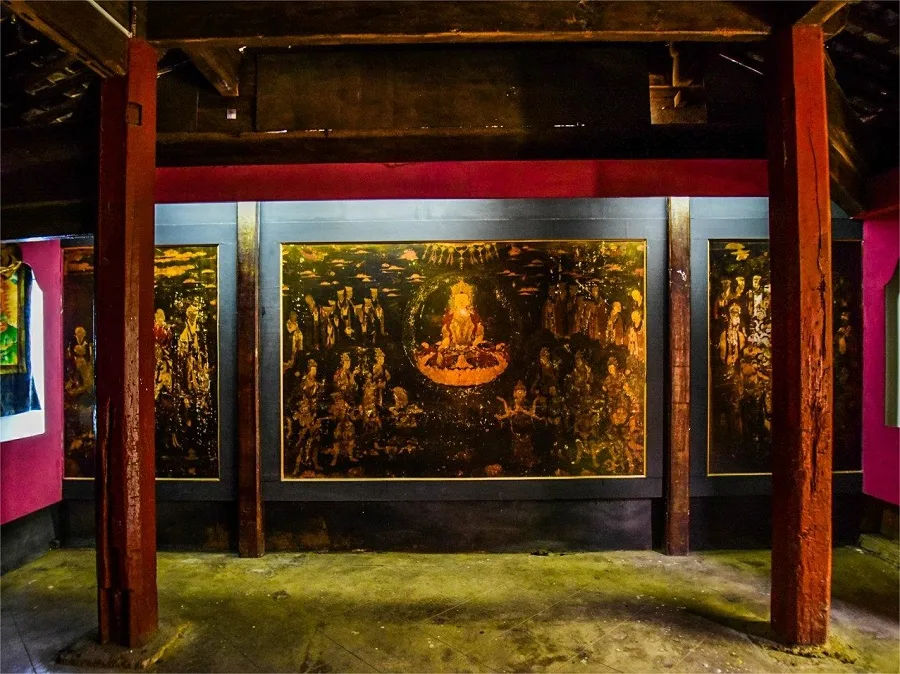
The Tea Horse Ancient Road Museum area constitutes the most complete and largest preserved ancient architectural complex in Shuhe Ancient Town. It comprises the Dajue Palace, the Yuan Tian Ge site, the Wen Chang Palace site, and the original Shuhe Primary School building constructed in the 1940s. With over 800 artifacts related to the Tea Horse Ancient Road on display, it is the first privately-owned museum in China dedicated to the theme of the Tea Horse culture. The Dajue Palace, built during the Ming Dynasty around the Longqing period (circa 1567), served as a crucial component of the Mu family’s Shuhe courtyard during that time. With a building area of 76.31 square meters, this structure has endured for over 400 years. While some parts of the corridors show slight fading of paint and carvings, and some doors and windows have been repaired, the main structure remains well-preserved. Inside the main hall of the Dajue Palace, six murals are preserved, utilizing both Han and Tibetan painting techniques such as delineation, coloring, gold-leaf application, and black background painting. They exhibit accurate shapes, delicate portrayals, varied brushwork, smooth lines, balanced compositions, and harmonious coloring, presenting an elegant and solemn style.
Otras atracciones de la zona urbana de Lijiang
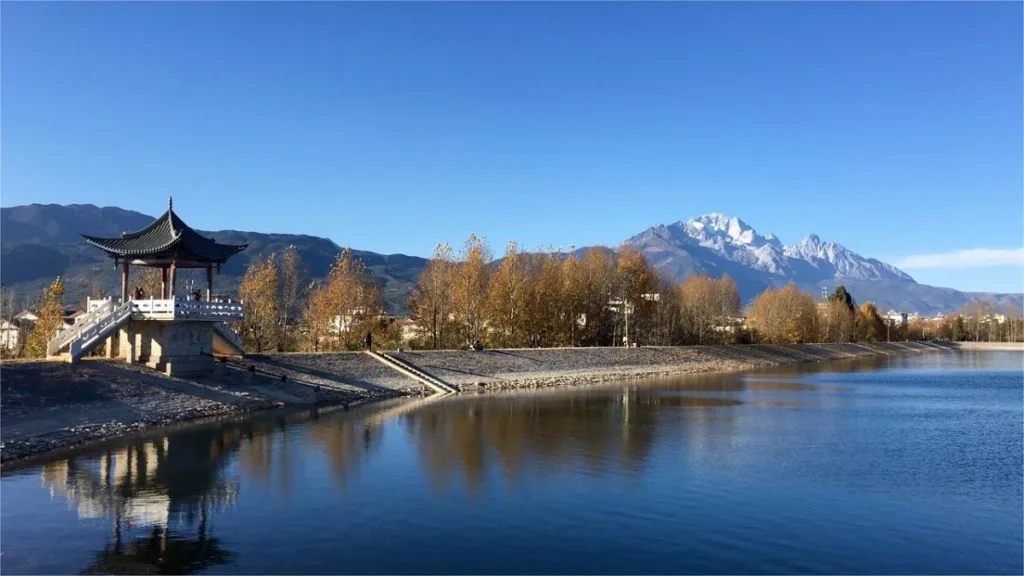
Embalse de Lijiang Qingxi
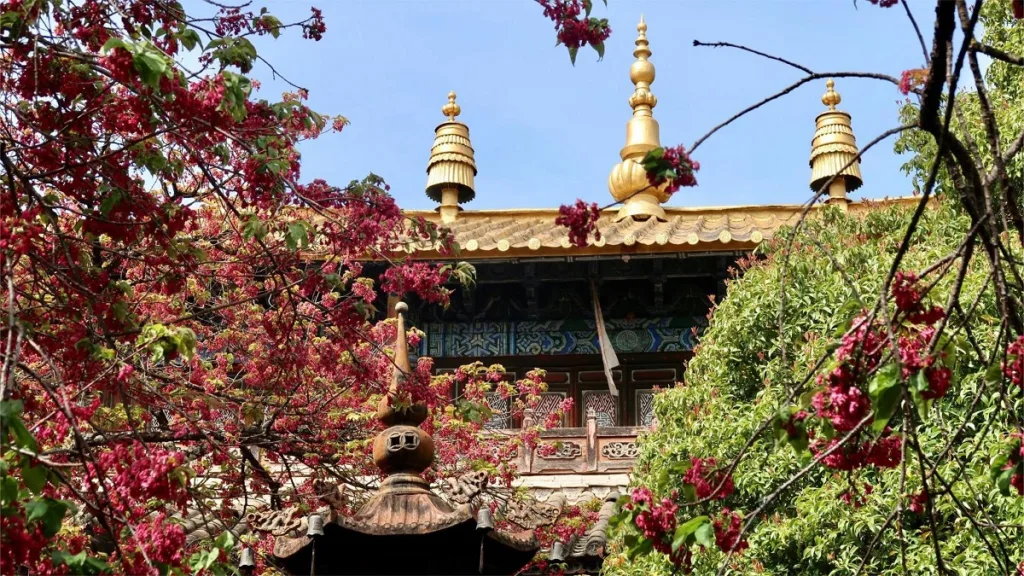
Puji Temple
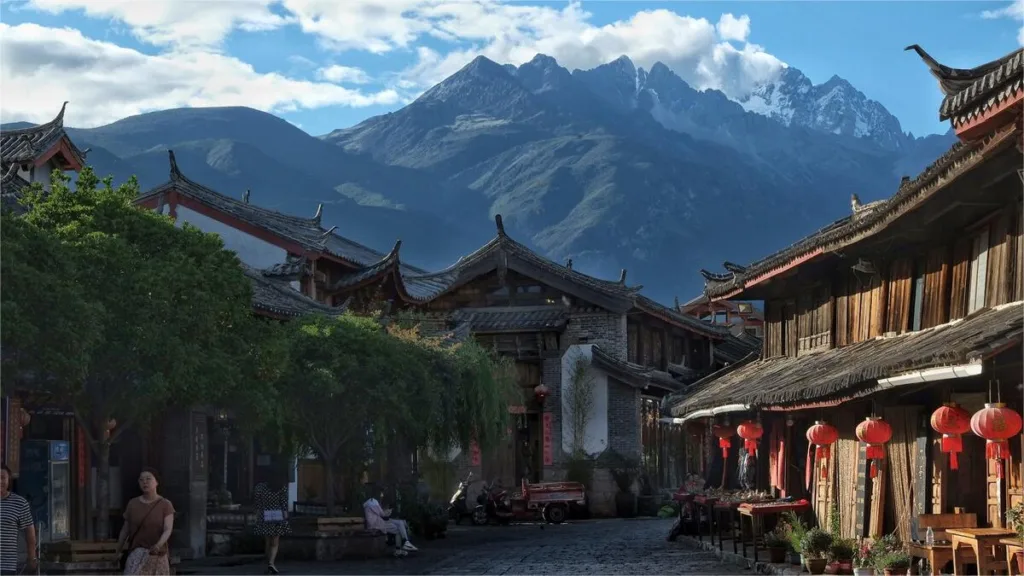
Antigua ciudad de Baisha

Parque Romántico de Lijiang
Atracciones de Lijiang, Lugares históricos de Yunnan